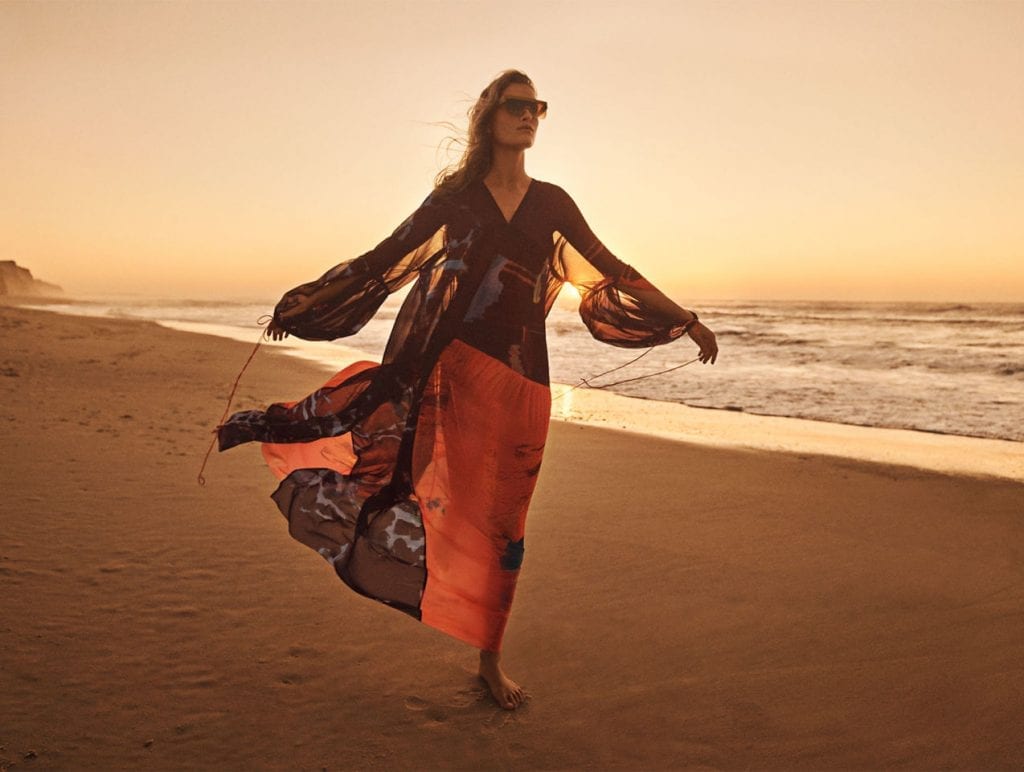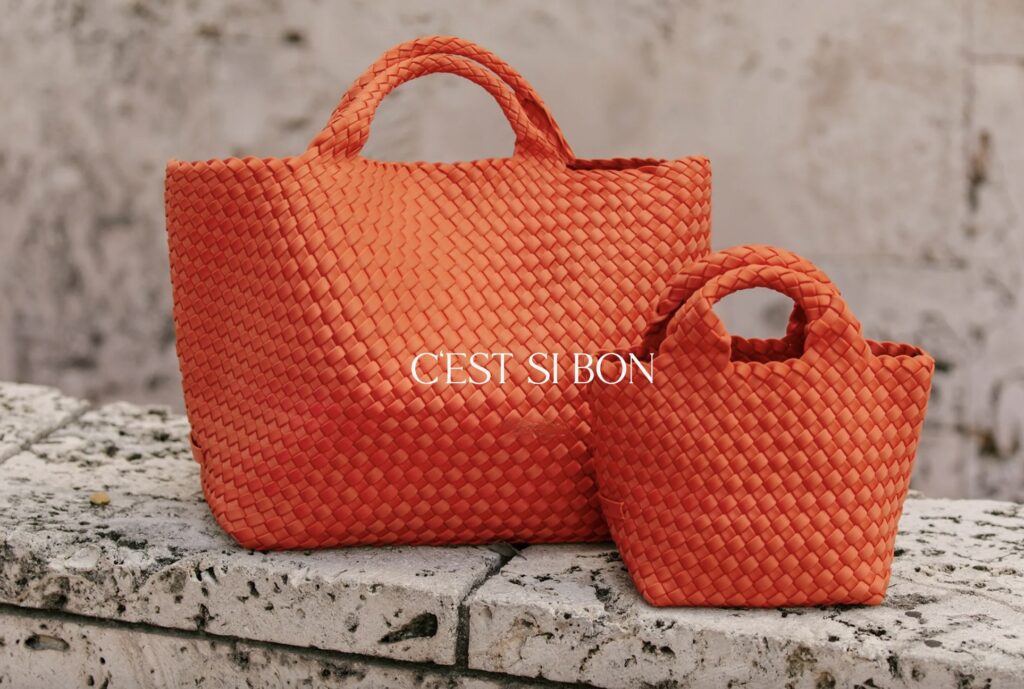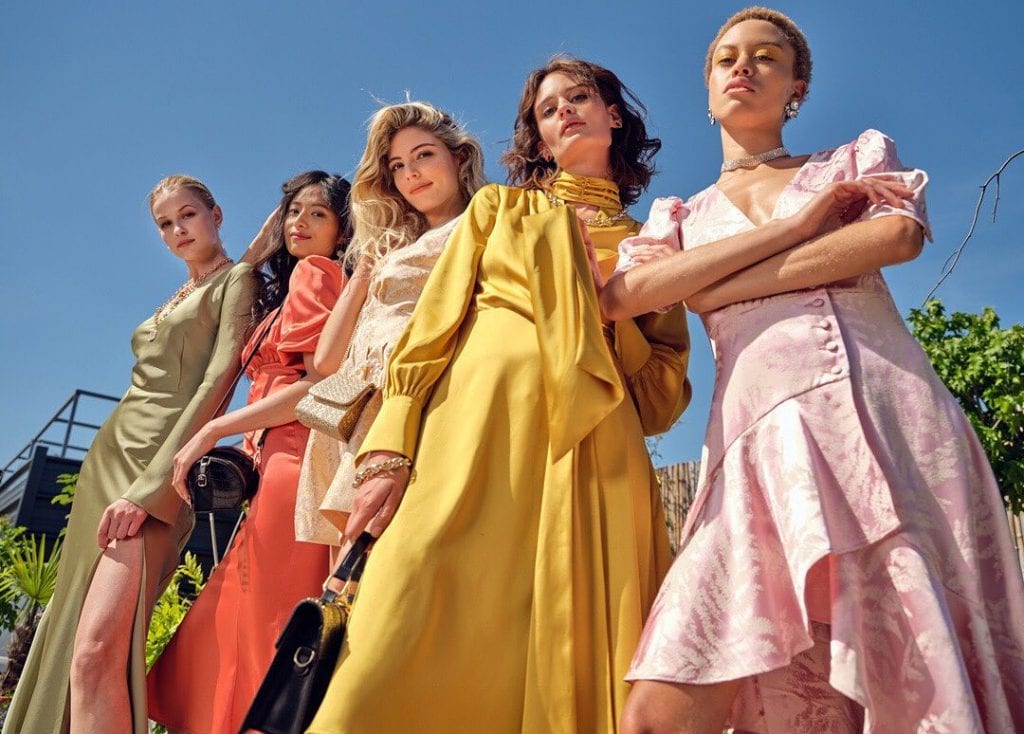H&M has landed a win in a 4-year long copyright infringement case involving an alleged “copyright troll.” Siding with the Swedish fast fashion giant in a decision dated May 29, the U.S. Court of Appeals for the Ninth Circuit overturned a district court’s previous determination for plaintiff Unicolors Inc. on the heels of a willful copyright infringement finding by a jury and a $780,775 award in damages, attorney’s fees, and costs for Vernon, California-based Unicolors, which filed suit against H&M in 2016, alleging that it created a geometric print in 2011 and that H&M infringed its rights by selling garments with a “remarkably similar” pattern.
H&M appealed the district court’s decision, and the Ninth Circuit ultimately reversed the jury verdict and the lower court’s determination in favor of Unicolors, a company in the business of creating, purchasing and/or obtaining exclusive rights to unique graphic artworks that are printed on fabrics and sold to fashion and apparel brands.
According to a three-judge panel for the Ninth Circuit, the district court erred in imposing a requirement that H&M show that Unicolors, the copyright registration-holding party, had an intent-to-defraud to Copyright Office in order to invalidate Unicolors’ registration. More than that, the lower court got it wrong, per the Ninth Circuit, in concluding that Unicolors’s application for copyright registration did not contain inaccuracies when it does, in fact, run afoul of the Copyright Office’s rule regarding the registration of a collection of works as a single unit of publication.
In the case at hand, Unicolors was granted a copyright registration that covers thirty-one different print designs after asserting in its copyright application that all of those designs were “first published as a singular, bundled unit” (i.e., first published together, at the same time) when it knew that the designs were not actually released together. With the foregoing in mind, the Ninth Circuit reversed the $700,000-plus damages award for Unicolors, and remanded the case to the district court for further proceedings on whether Unicolors’ registration is valid or not.
Hardly just the latest round in an ongoing copyright fight between a fast fashion giant and a company that Fortune previously lumped the company into a group of so-called “copyright trolls” said to be terrorizing the fashion industry due to the frequency and volume of the copyright infringement lawsuit that it has filed, Jeremy Goldman, a partner at Frankfurt Kurnit Klein who focuses on entertainment, media, intellectual property, commercial and privacy law, says that the case provides some “big takeaways for both copyright owners and alleged infringers.”
Beyond sending a clear message to copyright registration-seeking parties to avoid submitting inaccurate, combined filings (as opposed to separate applications for non-bundled works) in an effort to cut costs, “The decision highlights a critical line of defense for alleged infringers, at least for those in the courts in the Ninth Circuit,” according to Goldman. “This decision, with its narrow interpretation of the ‘single unit of publication’ rule and its evisceration of the ‘intend to defraud’ requirement for registration invalidation, adds more arrows to the quiver of the agile copyright defendant.”
“Knowing what information and documents to obtain in discovery in light of their legal ramifications, and how to effectively deploy this evidence,” he says, “could dictate a win or loss in high stakes copyright litigations.”
As for the potential invalidation of the copyright registration for the pattern, if invalidated, it will not be the result of a lack of protectability of the pattern, itself. Instead, it will be the result of Unicolors’ improper filing of a number of different works together in a single application in violation of the Copyright Office’s rule governing single works. The prints and patterns that regularly appear on garments and accessories are generally accepted to be some of most readily protectable elements in the fashion sphere – from a copyright perspective – since such prints are clearly “separable” from the garment (i.e., useful articles).
*The case is Unicolors, Inc. v. H&M Hennes & Mauritz, LP, No. 18-56253 (9th Cir. 2020).











